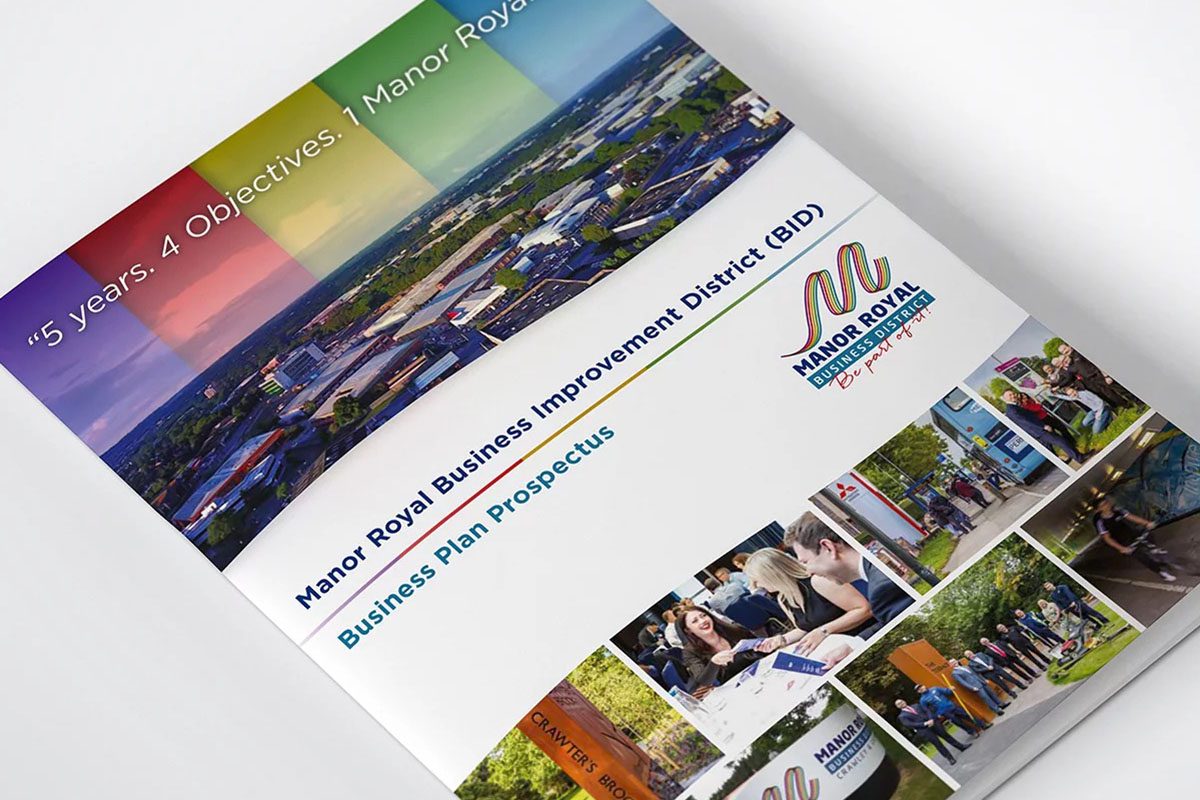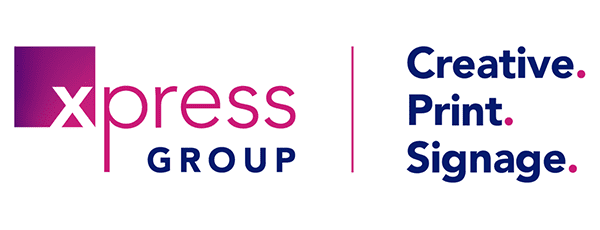
18 Apr Crafting Impactful Brochure Copy to Engage and Convert
Tips and Tricks: The Art of Persuasive Brochure Content
Is print marketing still important?
Yes, it is.
For a balanced marketing strategy that reaches as many people as possible, you’ll want to combine digital with, shall we say, the more old-fashioned approach. Both work extremely well, and they complement one another.
And, in particular, consider what a well-crafted, produced and written brochure can do. It says all sorts of good things about your business. It suggests a high-budget, and an established reputation. Hold on. Did we say written? Indeed we did.
It’s time to talk words.
Copy.
Content.
You Have to Get the Words Right
It’s imperative.
Your brochure copy needs to speak directly to your audience: precisely, succinctly and most of all, with massive, massive amounts of empathy. What do we mean here?
Simply this:
If you don’t really know who buys from you, what problems they may have, and how your products and services can solve these challenges, your lovely, super-posh brochure will end up in that circular thing under their desk.
Or, the recycling.
You must recognise what they want to see and read in your company brochure. Your business needs to be as problem-solving as possible. It’s not about you. It’s about them.
So, once you’ve done that, here’s how to get it right.
Plan it Out
Generally, you’ll need the following pages. This is your best-case scenario. You may wish to include less, or perhaps more. But this is what people really want to know, in this order:
Front Cover, where you display your company name, logo and a headline
Inner panel, with two or three sentences offering key benefits. That’s it. No more. And keep the sentences short
Introduction – here, you summarise everything
About – short and sweet; and much more about your target market
Service 1
Service 2
Service 3
(And so on – but your MAIN services, not the whole shooting match)
How We Work – take the prospect through the process
FAQs – answer essential questions before people ask them
Why Work With Us – what are your unique selling points?
Inside Back Cover – contact details
Let’s get onto the copy itself. And, of course, now is the time to mention the four Cs of copywriting:
- Clear
- Concise
- Compelling
- Credible
And, not forgetting:
- A: Attention
- I: Interest
- D: Desire
- A: Action
Bear these thoughts in mind to ensure you’re doing all of this, but let’s focus on the “how to”.
Here’s How To Write Copy for a Brochure
1. Short sentences, please.
This is a tricky one if you’re not used to doing it. See how this piece avoids the verbose? We all have short attention spans – yes, even when reading a brochure, so keep it concise. And yet, don’t dumb things down. Your would-be customer is not ten years old.
2. Shorter paragraphs, please
The same applies. If you want your reader to lose the will to live, spin everything into incredibly long paragraphs. Otherwise, avoid it.
3. Avoid big, stupid words
Where you can, use a simple, straightforward word. For example: “utilise” – that’s a no; “use” – is much better. Avoid the word “solution” at all costs. And, “leverage”. Plus, “disrupting”.
4. Stop using “we” all the time
No one cares.
Literally, no one.
“We offer…we do…we deliver…our clients…”. Your brochure reader wants to read about them, their needs and – that’s just about it. Yes, you mention your credentials, experience and skills, but only concerning how they support your prospect.
The answer here is the simple word: you. And your. Notice, for instance, how many times we’ve used these words in this article. It feels like we’re speaking to you. This technique takes a while to get used to, but then it gets easier.
5. Yes, you can break a few grammar rules
Starting sentences with “And” and “But” are acceptable in marketing. Followed by a comma, they’re transition words, taking the reader to the next concept.
6. Add clever, impactful headings
In your brochure, you’re creating a narrative, so use paragraph headings to let your potential clients know what they’ll read.
7. Words per page
Generally – and this will significantly depend on the images and graphics used, there should be no more than 200 to 250 words per page.
A brochure isn’t just about the words. It also highlights the quality of the materials used, plus the fonts, images and graphics. Everything needs to balance.
8. Add calls to action
Invite the reader to call to book a free consultation, visit your store, sign up for an email newsletter, email you or visit your website. Subtly put your website details on each page so that you don’t operate a Sales Prevention System.
9. Carefully include testimonials
The word here is careful.
A few excellent ones from happy clients, at sparse intervals will impress the reader, and keep on impressing them. This is the “credible” element we mentioned earlier. Social proof, in other words.
10. Proofread like your life depends on it
It stands to reason that once your brochure goes to print, your words are there in perpetuity. Check it extremely well. In fact, ask other people to do it, as it’s exceptionally hard to spot your own mistakes.
Your Key Takeaways from Xpress Group
- Plan a prospect-focused structure first and foremost
- Write for your audience
- Demonstrate that you understand their needs
- Remove jargon and clichés
- Shorten your sentences
- Use “you” and “your” rather than “we” and “our clients”
Above all, don’t stress. After all, there are professional copywriters out there who can do this for you.
Get in touch with Xpress Group to learn more about your perfect company brochure.
